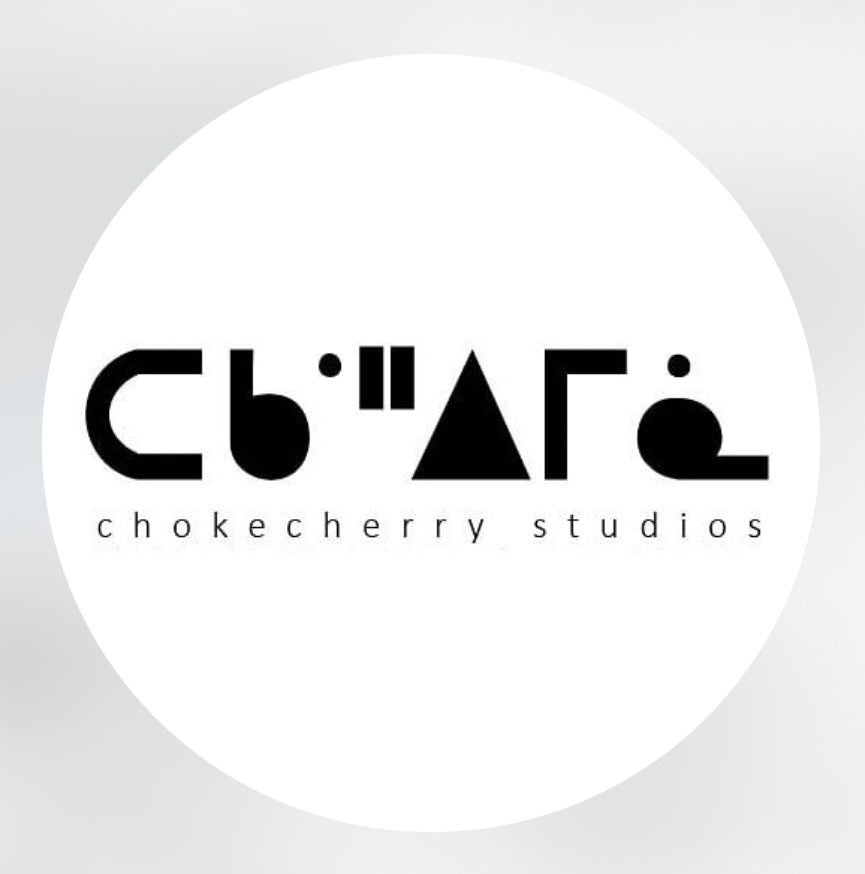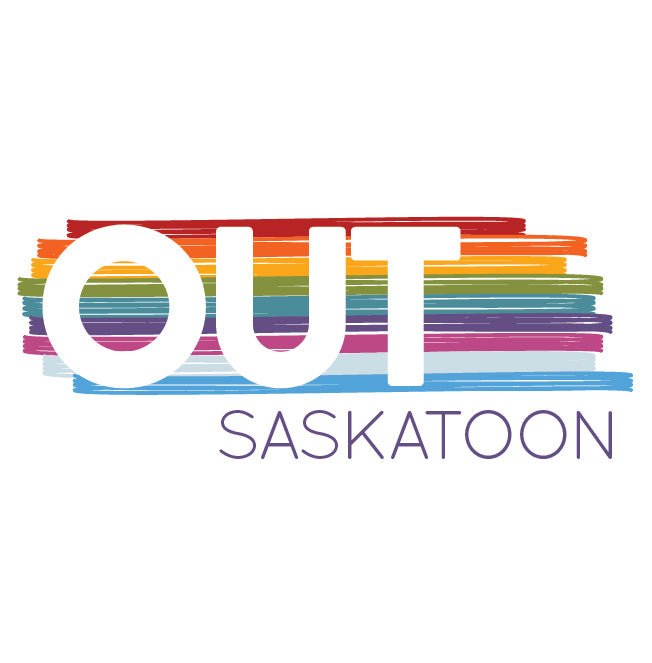An Interview with Chokecherry Studios

We are very excited about working with our July Sweet Goodness partner: Chokecherry Studios! These folks provide vital services in our community and we were recently able to sit down with Sarah Janvier at Chokecherry to learn more about what they do.
Can you tell us more about Chokecherry Studios?
Chokecherry Studios is a youth-founded nonprofit located in inner-city Saskatoon, on Treaty 6 Territory and the Homeland of the Métis. It first emerged in 2018 and was incorporated in 2019. At Chokecherry, youth access inclusive programming and services to creatively tell their stories and mobilize their communities. Our primary operations seek to have impact in 4 main areas: (1) Arts-Based Programming, (2) Outreach & Service Delivery, (3) Community Mobilization, and (4) Culture.
Chokecherry is accessed by over 400 youth, ages 11-29, annually; approximately 85% of whom are Indigenous. The average age of Chokecherry youth participants is 19 years old; 40% of whom are cis-male, 32% cis-female, and 28% are 2SLGBTQQIA+. They navigate their lives through a web of colonial, street, family, and gender-based violence frequently leading to trauma, suicide, and/or death. We focus our efforts on supporting those who face the most barriers and have least access to relevant services.
Our mandate is “nothing about us, without us”, meaning the youth are at the forefront of our decision making in how we function as an organization. Any changes we make are youth informed, and are directly correlated with the needs and wants of the youth that access Chokecherry Studios.
Can you share with us a success story, however you might wish to define that?
Something we say often in our line of work is “we can only move at the speed of trust”. We’ve been in operation for five years, and it’s taken about that long to get to the place where the youth and community trust us enough to recommend us to their friends and family.
From December of 2022 to July 2023 alone we’ve had 275 new youth access Chokecherry Studios, a majority of whom were referred by other youth. This is a major success in our eyes, because it tells us that we’re achieving trust-based relationships, and facilitating a safer space that the youth are hyped on, and proud to be a part of. We’ve put in the time, the work, and the love and the pay off - having the youth say that we are cool is huge! And if you know teens you know how hard it is to get their approval.
How has the pandemic affected the needs of the community that you serve?
Throughout the pandemic we’ve seen youth's ability to access services become more difficult with diminishing amounts of services, larger numbers of pre-teen and teen youths unhoused, and support organizations that are at their max capacity. Many existing pre-pandemic services and supports changed their priority demographic, their operational capacity, or ceased operations entirely. Without family support or a support team, youth were forced to fend for themselves.
Now, post-pandemic, we’re seeing young youth in absolutely dire situations with limited resources to help them overcome the barriers they’re facing, and get to a place where they can achieve their broader goals outside of surviving the “day-to-day”. Goals like finishing school, finding a job, getting a driver's licence; the things many of us looked forward to as young people. Youth homelessness isn’t a new phenomenon, but it is a heightened issue in Saskatoon since the pandemic. We see kids as young as 11 years-old walk around all night because they have nowhere to go, and no services that offer immediate relief. We watch as their mental and physical health suffer, and provide what resources we have, such as in-house counselling, food, toiletries, and mobile devices. We do our best to connect them to services, but most available in Saskatoon, especially post-pandemic, are not designed to adequately serve youth with complex needs.
There are incredible organizations out there doing great work, but like us, their reach is restricted. Supporting youth is tricky, because it often requires being available in the late evenings. Out-reach teams operating in the evenings are limited in how they can respond, because no government services are open, and often once a youth leaves your side it’s hard to reconnect with them to finish what was started.
There are intersecting issues that create complex webs of need for Saskatoon’s inner-city youth. The sad truth of it is the longer these hardships go unaddressed, the worse it’s going to get, and before we know it we have a few thousand more adults waiting for housing, waiting for treatment, waiting for the resources they need and deserve. For those with resources, life has returned to normal post-pandemic, whilst many youth face barriers more exaggerated and difficult than ever before.
Can you share with us the importance of sharing stories and how that contributes to healing our communities?
Stories are powerful for the teller and the listener for many reasons. Stories offer freedom from shame, and show us that we aren’t alone. They also teach us different ways of being, how to take on new perspectives. There is something transcendent about taking your story and putting it out there, either on paper or verbally, for others to hear. It helps us process events, positive and negative, and connects us to others when they hear our story and see a part of themselves in it. Stories are also accessible, we can participate in story-telling everyday in small ways, like asking someone about their day.
It’s healing to our communities because stories help to unite communities. A prime example is Residential School Survivors. Survivors have been brave enough to speak their truth on what they experienced, connecting with other survivors, and educating future generations. The bravery Survivors demonstrated in their storytelling is by-in-large why we have the Truth and Reconciliation Commission and the 94 Calls to Actions, and is why Indigenous communities have been able to seek and achieve some level of retribution. Of course, there is still a lot of work to be done in this area, but progress has happened, and we have storytellers to thank for that.
How can folks support your work?
We are accepting financial donations and basic toiletries. Due to limited space we currently cannot accept clothing or food donations. Spreading the word about Chokecherry is also greatly appreciated. The more people that know about what we’re doing and why it’s important, the better.
Here is a list of the toiletries we accept:
- Toothpaste
- Tooth brushes
- Deodorant
- Body wash
- Soap
- Face cloths
- Shampoo
- Conditioner
- Hair elastics
- Combs
- Brushes
- Chapstick
- Tampons
- Menstrual Pads
- Condoms
- Lotion
- Razors
- Shaving Cream
Please share anything you feel is relevant that we didn’t ask.
We’ve spoken to the struggles we’re seeing in our community, but there is also a great deal of strength. Not only in the resilience of the youth, but also amongst other community organizations and community members. There are so many people doing absolutely incredible work throughout Saskatoon. Despite the barriers that exist, folks are still working hard to achieve meaningful change.
Lastly, it’s been a trying spring for our humble little non-profit, and we are gobsmacked by the outpour of support we’ve received. The generosity from other organizations, local small businesses, and individuals is moving, and we couldn’t be more grateful. We’ve said it before on our social media, but it needs to be said again– thank-you, thank-you, thank-you!
Thank you Sarah and Chokecherry Studios for taking the time to help us get to know you and the work you do!




